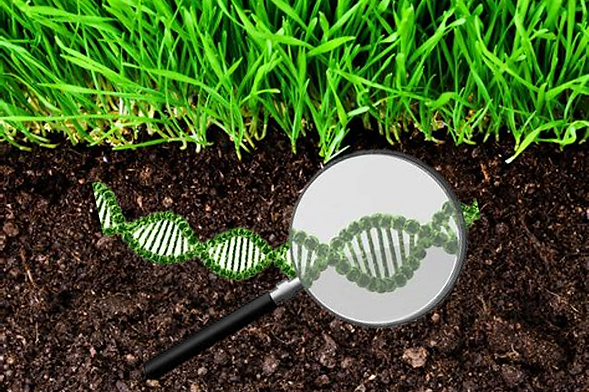

Background
Biodiversity
above and in the ground

Soil life ensures that the earth remains fertile and life above the ground grows and flourishes. The aim of this Tulip Mania Leiden project is to make visible the importance and the partly unknown underground variation of living organisms, including a countless number of organisms invisible to the naked eye, micro-organisms, on the growth and flowering of tulips. A single teaspoon of garden soil can contain thousands of species, millions of individuals and a hundred meters of fungal networks, the so-called biodiversity in the soil. Scientists estimate that at least about a quarter of the species on Earth live in soils. The (micro)organisms in the soil are the factory of life, as they process organic waste to sustain life above ground, from plants to animals to humans. They regulate the capture and release of carbon and water; they control pests and help decontaminate contaminated land. While other vital resources such as water and air are constantly recycled and regenerated, soil formation can take decades, even centuries. When biodiversity in the soil breaks down, for example due to overuse of chemical pesticides or prolonged droughts, it is extremely difficult to restore it. How do you find out how many types of micro-organisms are in the soil? This has long been a major problem and a reason why micro-organisms have been underexposed when determining the richness of species on earth and the importance of biodiversity. With the help of metagenomics , the total DNA package from an ecosystem can be mapped in one test.





